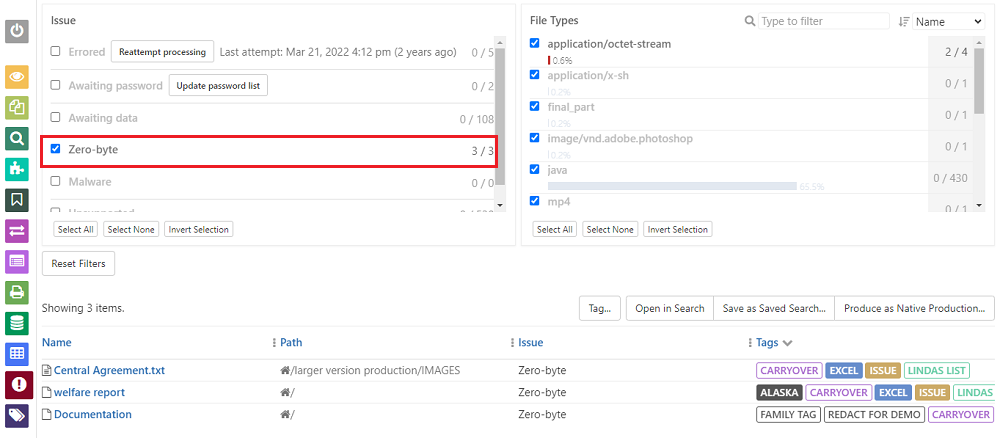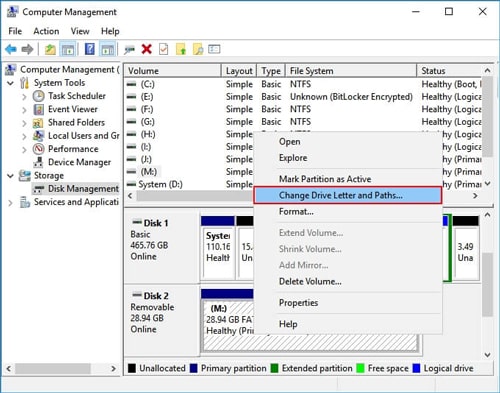

#Zero byte file remover windows
How Can I Restore a 0KB File in Windows 11/10/8/7 Use normal zipping tools such as WinZip, 7-Zip, WinRAR, etc. Repeat the process to get the lost files by re-uploading, re-downloading, and re-sending them. Right-click drive with 0KB files > "Properties" > Click "Check now" under Tools. Xattr: /Users/Czet/Desktop/IMG_1682.jpg: No such xattr: /Users/Czet/Desktop/IMG_1660.End task of running "SYSMWIN" > Disable SYSWIN from Startup in Task Manager.

Xattr: /Users/Czet/Desktop/IMG_1680.JPG: No such xattr: /Users/Czet/Desktop/IMG_1660.JPG Xattr: /Users/Czet/Desktop/IMG_1676.JPG: No such xattr: /Users/Czet/Desktop/IMG_1660.JPG Xattr: /Users/Czet/Desktop/IMG_1673.JPG: No such xattr: /Users/Czet/Desktop/IMG_1660.JPG

Xattr: /Users/Czet/Desktop/IMG_1672.jpg: No such xattr: /Users/Czet/Desktop/IMG_1660.JPG Xattr: /Users/Czet/Desktop/IMG_1671.jpg: No such xattr: /Users/Czet/Desktop/IMG_1660.JPG Xattr: /Users/Czet/Desktop/IMG_1670.jpg: No such xattr: /Users/Czet/Desktop/IMG_1660.JPG Xattr: /Users/Czet/Desktop/IMG_1669.jpg: No such xattr: /Users/Czet/Desktop/IMG_1660.JPG Xattr: /Users/Czet/Desktop/IMG_1668.JPG: No such xattr: /Users/Czet/Desktop/IMG_1660.JPG Xattr: /Users/Czet/Desktop/IMG_1667.JPG: No such xattr: /Users/Czet/Desktop/IMG_1660.JPG Xattr: /Users/Czet/Desktop/IMG_1666.JPG: No such xattr: /Users/Czet/Desktop/IMG_1660.JPG Xattr: /Users/Czet/Desktop/IMG_1665.JPG: No such xattr: /Users/Czet/Desktop/IMG_1660.JPG Xattr: /Users/Czet/Desktop/IMG_1664.JPG: No such xattr: /Users/Czet/Desktop/IMG_1660.JPG Xattr: /Users/Czet/Desktop/IMG_1663.JPG: No such xattr: /Users/Czet/Desktop/IMG_1660.JPG Xattr: /Users/Czet/Desktop/IMG_1662.JPG: No such xattr: /Users/Czet/Desktop/IMG_1660.JPG Xattr: /Users/Czet/Desktop/IMG_1661.JPG: No such xattr: /Users/Czet/Desktop/IMG_1660.JPG MacPro-Upstairs-2:~ Czet$ xattr -d /Users/Czet/Desktop/IMG_1660.JPG /Users/Czet/Desktop/IMG_1661.JPG /Users/Czet/Desktop/IMG_1662.JPG /Users/Czet/Desktop/IMG_1663.JPG /Users/Czet/Desktop/IMG_1664.JPG /Users/Czet/Desktop/IMG_1665.JPG /Users/Czet/Desktop/IMG_1666.JPG /Users/Czet/Desktop/IMG_1667.JPG /Users/Czet/Desktop/IMG_1668.JPG /Users/Czet/Desktop/IMG_1669.jpg /Users/Czet/Desktop/IMG_1670.jpg /Users/Czet/Desktop/IMG_1671.jpg /Users/Czet/Desktop/IMG_1672.jpg /Users/Czet/Desktop/IMG_1673.JPG /Users/Czet/Desktop/IMG_1676.JPG /Users/Czet/Desktop/IMG_1680.JPG /Users/Czet/Desktop/IMG_1682.jpg I got excited when I received your instructions, because I thought this could be solved using some Linux commands (which I know, not at all.) However, it failed. Wait for a new line ending in a dollar sign ($) to appear. More text will be added to what you entered.Ĭlick in the Terminal window to activate it, then press return. Now switch to the Finder and and select the item(s) in question. Paste into the Terminal window by pressing command-V, then press the space bar. ☞ Open LaunchPad and start typing the name. The application is in the folder that opens. ☞ In the Finder, select Go ▹ Utilities from the menu bar, or press the key combination shift-command-U. Select it in the results (it should be at the top.) ☞ Enter the first few letters of its name into a Spotlight search. Launch the Terminal application in any of the following ways: Only the text should be highlighted.Ĭopy the selected text to the Clipboard by pressing the key combination command-C. Don't include the blank space at the end of the line. Select the text on the line below by dragging across it.


 0 kommentar(er)
0 kommentar(er)
